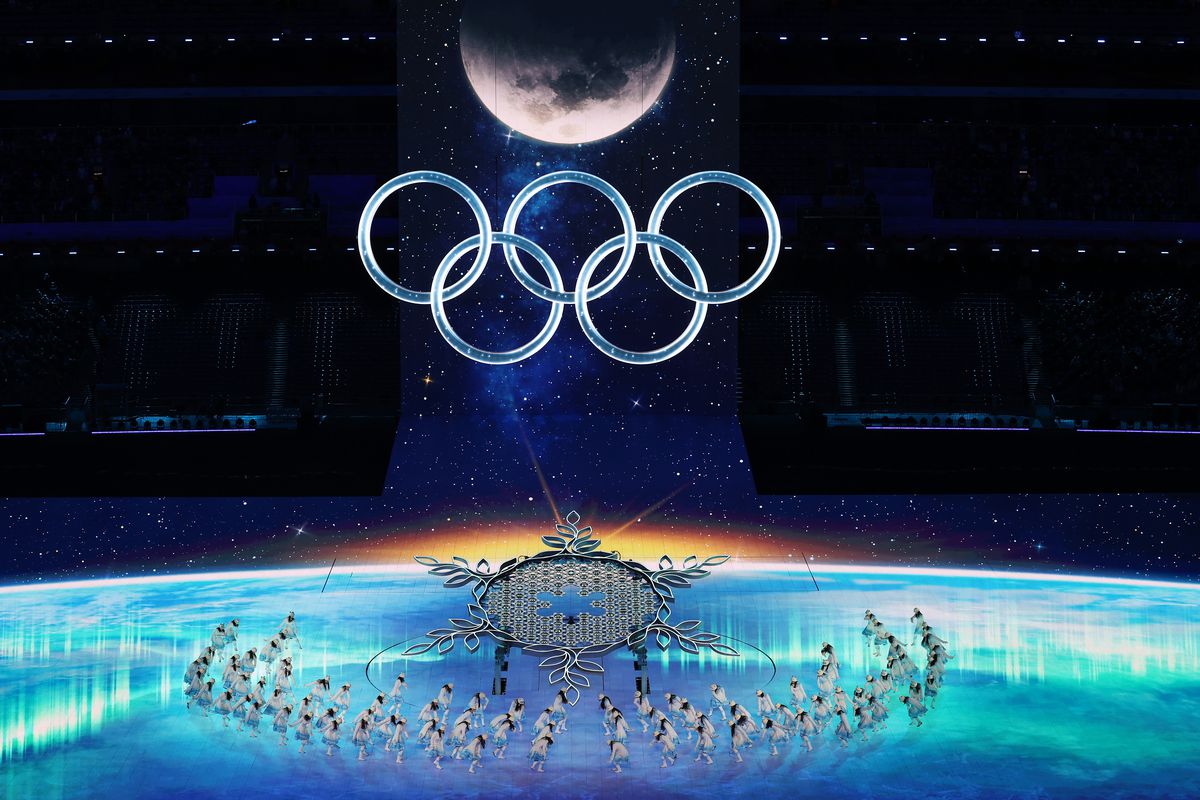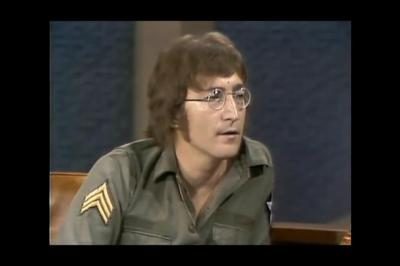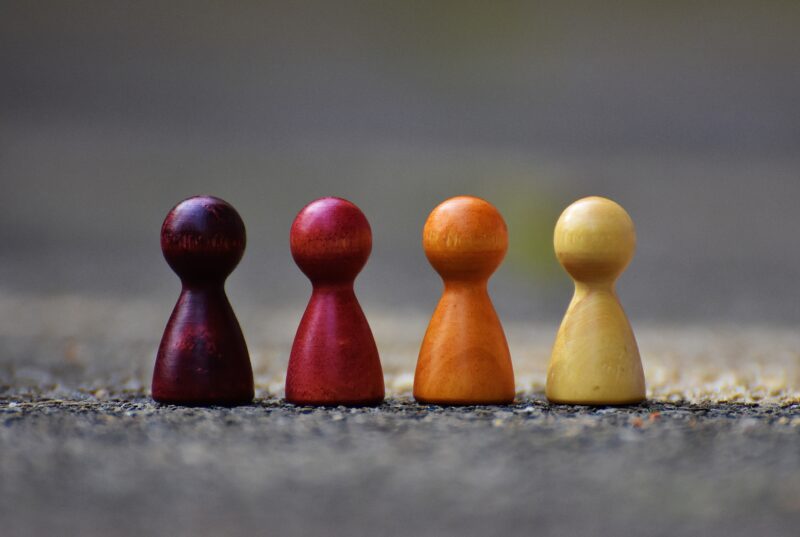Olympics 2022 (and Australian cultural diversity)
Last night I had a ‘research chat’ with five mates from Egypt, as part of a wider study.
They were all new to Australia (past ten years), and shared their stories of shifting their lives. During the wide ranging discussion, one of the men used the analogy of multiculturalism in Australia (as other parts of the world) as circles.
Each circle representing a cultural background. Often cultures stay within their respective circle, as it represents safety and comfort, similar values, language, food, life experiences, et cetera. Sometimes they may stay within their respective circles as they have felt less than welcome in the circles of other cultures, including more established ‘Australians.’ It can take a great deal of confidence to be accepted, with stereo-types or just a lack of desire to let others from outside in.
The group went on to discuss that each cultural circle generally, but not always, has at least some cross-over with other cultural circles. Someone new to Australia, e.g. from Egypt or somewhere else, gravitates to the comfort of people from ‘Home.’ They also make friends and work with people from different cultural backgrounds. Even so, there is a pull towards the comfort of similar people with similar values, language et cetera. Human nature is to seek safety and comfort.
As time goes by living in a country, as comfort increases, the circles typically cross-over more and more. For the Egyptian men in last night’s discussion, this was often anticipated to increase speed with the second, third and subsequent generations. They all expected and hoped their children would not discriminate between one ‘circle’ and another, as others would not discriminate against them, as the lines would increasingly be blurred, friends would be from different cultures.
In another recent similar discussion, the theme surrounded a preference for the term ‘inter-cultural’ than ‘multi-cultural.’ A subtle difference.
Intercultural: Occurring between or involving two or more cultures
Multi-cultural is more so about containing different cultures within a society, not necessarily working or living together in any true sense. Intercultural was argued in the recent discussion as when true progress is made, in innovation, thinking and new perspectives.
The general sense is that Australia is making progress. We are viewed as welcoming to new migrants, and offering a wonderful lifestyle, opportunities and even safety for those coming from complex places, Yet, Australia is viewed as still having a long way to go to be truly inter-cultural.
The use of the circles analogy got me thinking about the 2022 Winter Olympics in Beijing, with a logo of five interlocking circles.
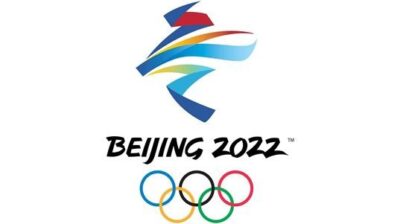
The circles is a representation of the union of the five continents and the meeting of athletes from across the world at the Olympics. The colours, combined with the white background, are all the colours of the nations flags competing, at the time of design in 1913.
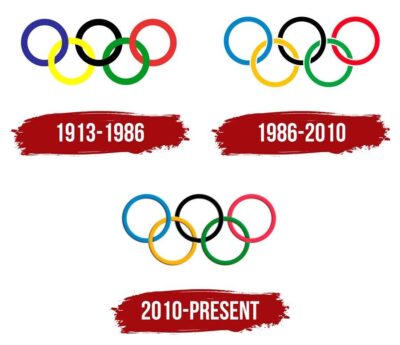
What’s great about the Olympics is the bringing together of different cultures, competing and working together to embrace all that it means to be a multi and inter-cultural world. The Olympics is a spotlight on our similarity and differences, where excellence in certain pursuits exists, and likely environmental factors such as access to snow or rivers of ice.
Multi-culturalism in Australia or world-wide is less about the cultural circles existing on one continent, but how they intersect and mesh. And, that what makes it all wonderful is more the differences than similarities. It would be a pretty boring world, and Australia, if there was a homogeneity of cultures and people. It is the wide range of food, values, thinking and other factors that create the spice of life.
Cultural identity is a complex topic. How does someone from somewhere else embrace their cultural background and what quintessential Australia offers? There can be joys and conflict. A sense of ‘where do I fit in the world?’ At times a feeling of not accepted ‘here’ or ‘home.’
From our research, while Australia is progressing, we have a long way to go. We are a relatively young country, if we ignore our First Nations (the oldest population outside of Africa, more than 50,000 years old).
Our media and brands generally present Australia as largely white and Anglo, quite homogeneous. Those from different cultural backgrounds are often not represented, beyond tokenism. Brands narrowly targeting ‘typical Australians.’ Media mirroring the ‘norm’
The reality is quite different, with 7.6 million migrants living in Australia (30% of the total Australian population 2020 ABS), following England by volume are India, China, New Zealand, Philippines, Vietnam, South Africa, Italy, Malaysia and Sri Lanka. Around half of Australians were either born overseas or had at least one parent born overseas.
Add to this around 3% of Australians who identify to be of Aboriginal origin, we are indeed a melting pot of diversity and all that this offers. And, according to analysis (refer to clickable interactive graph below) Australia is one of the few most diverse globally.
Here’s to a heterogeneous future for Australia!
